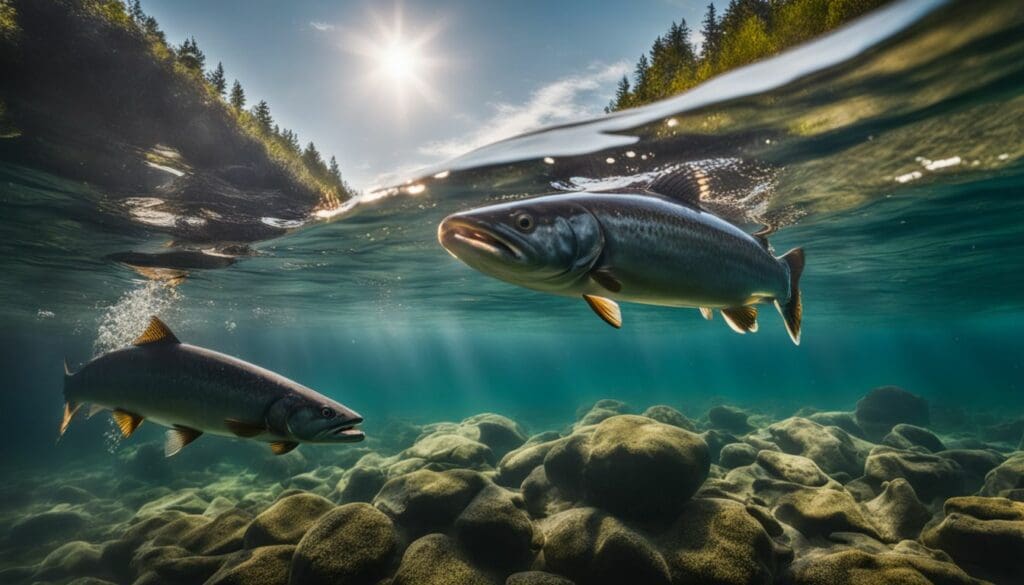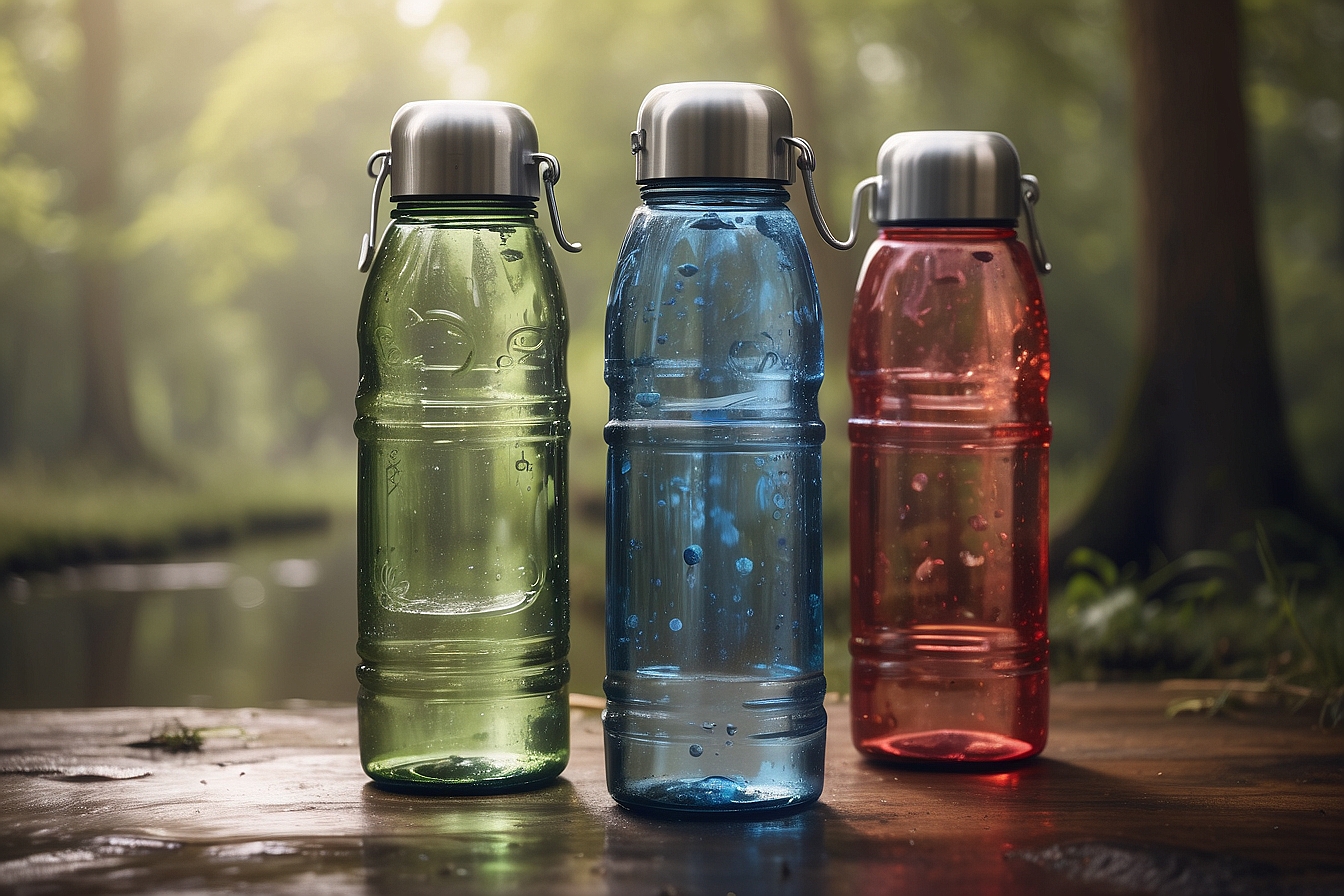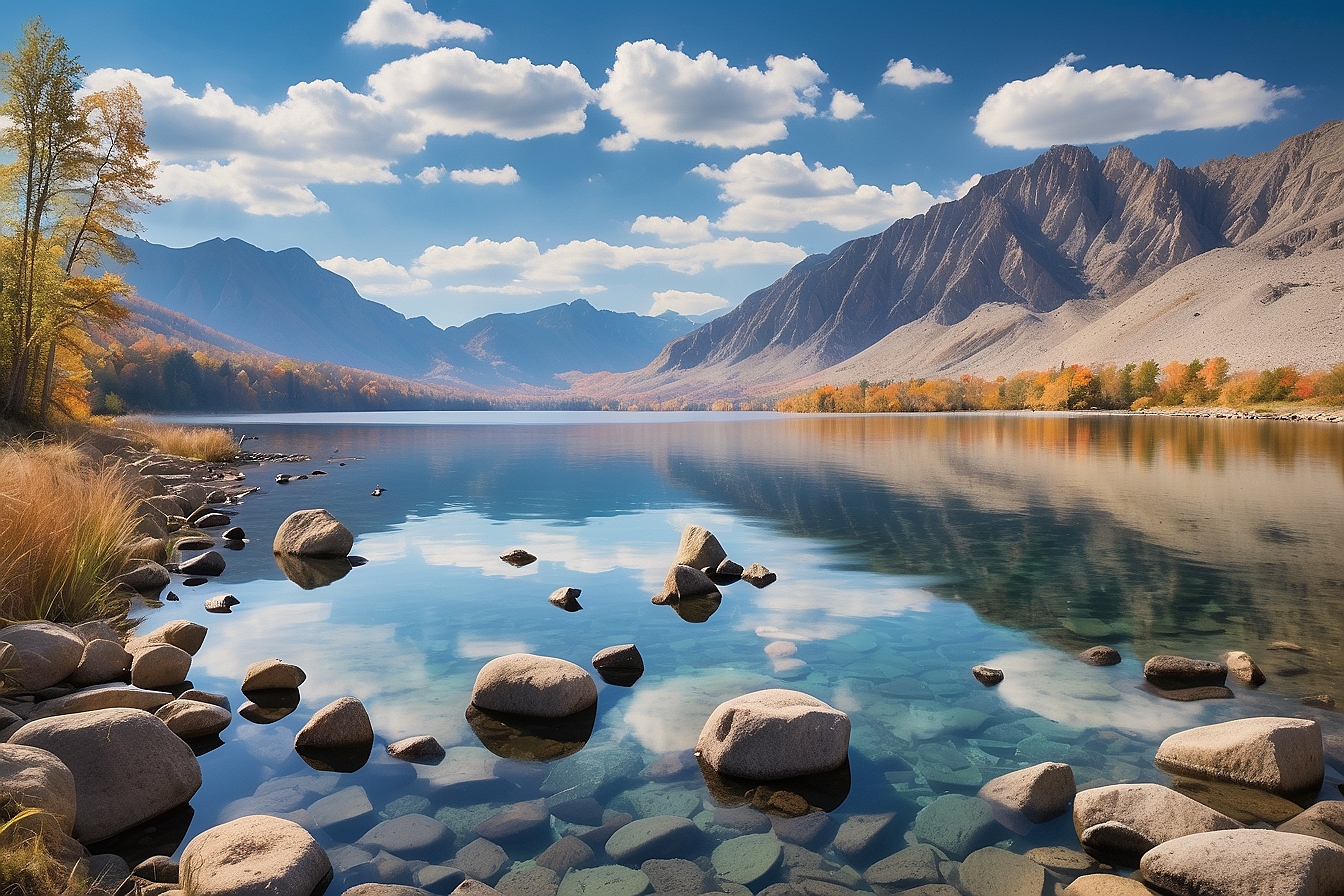Many of us are quite taken aback by the astonishing tenacity and resilience of wildlife, yet it’s fair to say that the extraordinary journey salmon embark upon is something we might not fully appreciate.
As a team with a deep-seated passion for nature’s marvels, we’ve immersed ourselves in understanding this magnificent fish’s life cycle to illuminate its astounding narrative. In embarking on this exploration alongside us, you’ll uncover how every stage—from the humble egg to the formidable adult—is crucial in their quest for survival and vital for the health of our ecosystems.
Brace yourselves for an underwater tale quite unlike any other!
Key Takeaways
- Salmon start their lives as eggs in freshwater and go through several stages including alevin, parr, smolt, adult, and kelt before completing their cycle.
- Their migration is impressive; salmon journey from freshwater to the ocean where they grow and mature, then return to spawn and die in the same rivers where they were born.
- Different species of salmon have unique life cycles with varying spawning habits, migration patterns, and habitat needs that require specific conservation measures.
- Environmental conditions like water quality and temperature play a crucial role in salmon survival while human impacts such as pollution can be detrimental to their life cycle.
- Salmon are keystones species for ecosystems; they transfer nutrients between marine and freshwater environments which supports a wide range of wildlife.
The Life Cycle of a Salmon
Salmon go through several stages in their life cycle, starting with spawning and then progressing through the alevin, parr, smolt, adult, and kelt stages. Each stage presents unique challenges and adaptations for the salmon to survive and thrive.
Spawning
We witness a remarkable event as salmon return to their birth rivers, driven by a mysterious instinct. The spawning process begins here in the freshwater environment where they were born.
These fish make an incredible upstream journey, often leaping over obstacles and battling fierce currents. Once they reach their destination, females meticulously create nests in the riverbed gravel, known as redds.
Our role is crucial during this stage of the salmon life cycle; conservation efforts are vital to ensure these habitats remain healthy and accessible for spawning. Males then fertilise the eggs released by females, and from these eggs will emerge the next generation of salmon fry, continuing the cycle that sustains both river ecosystems and our sense of wonder at nature’s resilience.
Alevin stage
Emerging from the spawning process, alevins are tiny, translucent versions of salmon. These delicate creatures remain nestled in the riverbed gravel where their eggs were deposited by their mother.
Alevins survive by absorbing nutrients from their yolk sacs until they are strong enough to venture out into open water. Due to their fragility and vulnerability during this stage, any disturbances to the riverbed can have significant impacts on their survival.
As alevins develop within the protective environment of riverbed gravel, they begin to exhibit small movements as they absorb nutrients stored in their yolk sacs. This critical stage is pivotal for their growth and survival before they join the next stage of development.
Parr stage
During the parr stage, young salmon develop distinct vertical bars along their bodies to provide camouflage in freshwater habitats. They stay close to the streambed, feeding on insects and small crustaceans to gain strength for their upcoming journey into open waters.
At this crucial stage, they must navigate through various natural and human-made obstacles as they grow and mature before transitioning into the smolt stage. The challenges faced during the parr stage significantly impact salmon populations, making it a critical focus for conservation efforts.
Salmon at the parr stage are particularly vulnerable to habitat destruction caused by pollution and changes in water flow due to human activities such as dam construction or agriculture.
Smolt stage
Salmon undergo a remarkable transformation during the smolt stage, as they adapt to survive in saltwater. This phase marks the transition from freshwater to the ocean, where young salmon develop silvery scales and prepare for their journey out at sea.
The smolt stage equips them with the ability to osmoregulate, allowing them to process saltwater. As they migrate downstream towards estuaries and oceans, these resilient fish are ready for their epic migration.
This crucial phase sets the stage for salmon’s incredible journey into new marine environments where they will forge ahead on an epic adventure through vast ocean waters.
Adult stage
After the smolt stage, salmon enter the adult stage of their life cycle, where they transition from living in freshwater to migrating out into the ocean. During this time, salmon rapidly adapt to saltwater environments and grow significantly larger in size.
They spend a few years swimming and feeding in the open ocean, building up strength for their eventual return to freshwater for spawning.
Once matured, adult salmon instinctively sense when it’s time to leave the ocean and begin their incredible journey back upstream to spawn. This challenging migration involves navigating through complex river systems and overcoming natural obstacles such as waterfalls and rapids.
Kelts stage
After the adult salmon have completed their spawning, they enter the Kelts stage. During this phase, the salmon are known as kelts. They undergo a transformation in freshwater after spawning, preparing to return to the sea.
The kelts gradually regain strength and energy lost during their journey to spawn, allowing them to survive once they return to saltwater.
As they await their return journey at river mouths and estuaries, these kelts play a crucial role in nutrient distribution within aquatic ecosystems. Once back in the ocean, they will contribute essential nutrients that support various marine life forms.
Factors Affecting the Life Cycle of Salmon
Species variation, environmental conditions, and human impact can all play a significant role in influencing the life cycle of salmon. Understanding these factors is crucial for effective conservation efforts.
Species variation
Salmon species exhibit remarkable variation in their life cycles, behaviors, and physical characteristics. Different salmon species have unique spawning requirements, migratory patterns, and habitat preferences.
For instance, while some salmon species spawn multiple times over their lifetime before perishing, others spawn just once before succumbing to the rigors of reproduction. It’s fascinating how these variations allow different salmon species to thrive in diverse aquatic ecosystems, adapting to varying environmental conditions and ecological niches.
Understanding the distinct traits of different salmon species is crucial for effective conservation efforts and sustainable management practices. By appreciating the intricacies of species variation among salmon, we can better protect and preserve the diversity within these iconic fish populations.
Environmental conditions
In considering the factors affecting the life cycle of salmon, we must account for the critical role that environmental conditions play. The availability of suitable aquatic habitats with clean water, appropriate temperatures, and sufficient oxygen levels is crucial to support each stage of a salmon’s life cycle.
Additionally, the presence of natural predators and access to food sources in these environments significantly influence the survival and development of salmon populations.
Human activities such as urbanisation, industrial pollution, deforestation, and climate change also pose significant threats to the environmental conditions necessary for healthy salmon populations.
Human impact
Human activities such as overfishing, pollution, and habitat destruction have significantly impacted the natural life cycle of salmon. Dams and barriers built across rivers have hindered their migration to spawning grounds, leading to a decline in population.
Additionally, deforestation and urban development have resulted in increased sedimentation in salmon rivers, harming their breeding habitats. Furthermore, pollution from industries and agriculture has contaminated water bodies, affecting the health and survival of both juvenile and adult salmon.
To mitigate these negative impacts on salmon populations, conservation efforts are crucial. Implementing sustainable fishing practices, restoring river habitats by removing dams or constructing fish passages, and controlling pollution can significantly contribute to safeguarding the future of these iconic species.
The Journey of a Salmon
Salmon start their journey in freshwater, then migrate to the ocean for feeding and growth before returning to freshwater to spawn. To learn more about this incredible epic journey, keep reading!
From freshwater to the ocean
Salmon start their life cycle in freshwater, where they hatch from eggs and spend the early stages of their development as alevins. As they grow into parr, they remain in freshwater until they reach the smolt stage.
At this point, they begin their epic journey to the ocean. The transition to saltwater triggers physiological changes that enable them to adapt to marine life.
During this migration, salmon face various challenges such as predators and environmental factors. However, those who survive thrive in the rich marine environment before returning to freshwater for spawning.
This incredible journey not only shapes the lifecycle of salmon but also impacts ecosystems on both land and sea.
Return to freshwater for spawning
Having spent years adapting to the saltwater environment, adult salmon instinctively navigate back to their natal freshwater streams and rivers for spawning. This remarkable journey is fraught with challenges as they swim against strong river currents and overcome natural obstacles such as waterfalls and rapids.
Once they reach the suitable spawning grounds, female salmon use their tails to dig nests in gravelly riverbeds where they deposit thousands of eggs. Males will then fertilise the eggs externally before both parents perish shortly after spawning, leaving behind a new generation of salmon to continue this awe-inspiring life cycle.
Returning from the ocean to freshwater habitats marks the culmination of a long and arduous journey that symbolises resilience, determination, and continuity for these incredible fish species.
Importance of Salmon in Ecosystems
Salmon play a crucial role as a keystone species, contributing to nutrient cycling and serving as an essential food source for other wildlife. To learn more about the fascinating life cycle of salmon and their importance in ecosystems, keep reading!
Keystone species
Salmon play a crucial role as a keystone species in their ecosystems. Their presence significantly impacts the trophic levels and biodiversity of their habitats, making them essential for maintaining the ecological balance.
As they migrate between freshwater and ocean environments, salmon carry vital nutrients from one ecosystem to another, contributing to the health of both systems. Additionally, their abundance supports various predators and scavengers, creating a ripple effect throughout the food web.
Human efforts in preserving salmon populations are paramount to conserving these intricate relationships within natural environments.
Nutrient cycling
Salmon play a crucial role in nutrient cycling within their ecosystems. As they return to freshwater to spawn, their decaying bodies provide essential nutrients for both aquatic and terrestrial organisms.
These nutrients help fuel the growth of algae and other plant life, which in turn supports the entire food web within the ecosystem.
After spawning, salmon carcasses break down and release valuable nitrogen, phosphorus, and carbon into the water and surrounding habitat. This process not only sustains the health of freshwater ecosystems but also has far-reaching effects on wildlife populations and overall environmental balance.
Food source
Salmon play a crucial role in the food chain, serving as a vital food source for various wildlife, including bears, eagles, and other fish species. Their nutrient-rich bodies provide essential nourishment to these animals and contribute to the overall balance of ecosystems.
Additionally, commercial and recreational fisheries rely on salmon as a significant food source for human consumption. The sustainable management of salmon populations is paramount to ensure their availability for both wildlife and human communities.
Furthermore, when salmon return from the ocean to spawn in freshwater rivers, their bodies deteriorate after spawning. This process provides an additional source of nutrients that enriches river ecosystems and supports the growth of aquatic plants and invertebrates.
Conclusion
In conclusion, the life cycle of salmon is an incredible journey that plays a vital role in maintaining the balance of ecosystems. Understanding the various stages and factors affecting their lifecycle is crucial for wildlife conservation efforts.
As environmentally conscious individuals, supporting initiatives that aim to protect and preserve salmon habitats is essential for sustaining this remarkable species. Witnessing their epic journey from freshwater to the ocean and back again for spawning is a testament to nature’s resilience and adaptability.
FAQs
1. What are the main stages of a salmon’s life cycle?
Salmon go through several key stages, starting as eggs, then hatching into smolt, growing into adults and eventually migrating to spawn.
2. How do salmon adapt to different environments during their life?
As they develop, salmon make an incredible journey from rivers to oceans and back again, adapting to both freshwater and saltwater habitats along the way.
3. Why is salmon migration important for their reproduction?
Migration is crucial for reproduction because it takes them back to where they were born; this is where they lay eggs to create a new generation of salmon.
4. What efforts are in place for wildlife conservation regarding salmon?
Conservationists work hard on projects like creating safe pathways around dams and protecting habitats to ensure the survival of these fish across all stages of the life cycle.
5. Can you explain what threatens salmon during their epic journey?
Salmon face many dangers such as predators, environmental changes, and man-made barriers like dams that can impact their successful migration and spawning.





